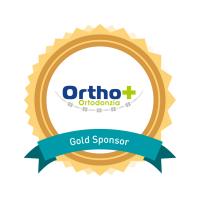Abstract
Esthetic Orthodontics vs Functional Orthodontics: dualism or integration
by Galluccio Gabriella
Which “functional” orthodontics? Indications for orthodontic treatment are sometimes difficult to define as are often the goals of treatment. Among these, the "functional" goal needs special attention and understanding and requires the clinician's expertise in assessing the real possibilities of achieving both a situation of functional well-being and conditions as favorable as possible for controlling possible competing factors in the onset of TMD. In the growing patient, the choice of the correct modality of intervention is a consequence of the identification of treatment needs for dental, skeletal, or functional alterations; in this light, appropriate knowledge of possible means of treatment alongside a detailed evaluation of their ability to control structural, myofunctional, and TMJ conditions before and after orthodontic treatment appears essential. Some of the hoped-for goals of functional orthodontic treatment occur shared with the goals of TMD treatment, and in the growing patient they represent connecting elements between the structural and dental aspects and the more purely functional ones; an example of this is the consideration that among patients with signs of TMJ dysfunction, the structure of the temporomandibular joint adapts to a new functional position to improve clinical conditions in the surrounding environment, similar to what happens in functional therapies. In an even broader consideration, the patient's well-being and quality of life are essential elements in orthodontic planning and are therefore to be considered before, after, and during treatment and are closely related to as little impact as possible on the patient's relational life and the final esthetic result. It is therefore clear that TMJ diagnosis must be a crucial criterion in pre-orthodontic preparation to assess the overall quality of therapy and limit post-treatment complications by applying knowledge to the choice of the most appropriate treatment plan.
Learning Objectives
After this lecture, you will be able to recognize the presence of TMD in growing individuals and the possible need for treatment
After this lecture, you will be able to know the effectiveness of functional orthodontic therapies
After this lecture, you will be able to evaluate the effectiveness of orthodontic therapies on aesthetics and function

















